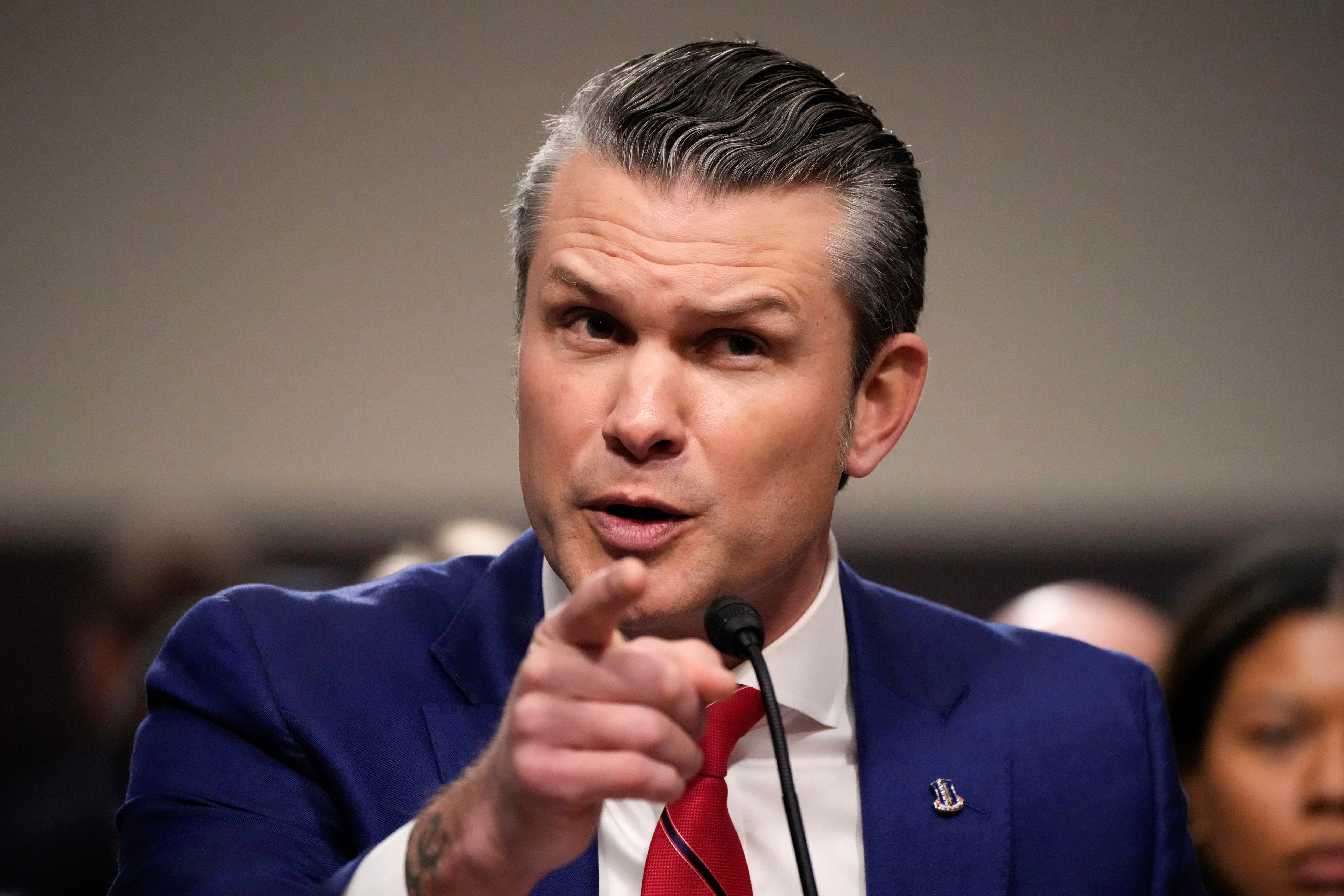The Army is knee-deep in its effort to grow the active component to 476,000 soldiers by the end of September. The next step: Bringing Army Reserve and National Guard troops on active duty.
Since opening up the Call to Active Duty program to officers and warrant officers earlier this year, the Army has received about a thousand applications, according to the head of Army Human Resources Command. And the program has now been extended to noncommissioned officers.
Soldiers have until July 7 to get their packets filed.
"Now that the force is getting larger, we're asking for officers and NCOs in the reserve component to consider going on active duty," Maj. Gen. Thomas Seamands told Army Times in a Tuesday phone interview.
The Army has received several thousand inquiries from the force about making the transition, he added.
"I think our initial goal was a couple hundred, and the response has been pretty overwhelming," he said.
The move is part of an ongoing effort to grow the Army by 16,000 in the active force and 28,000 overall by Sept. 30 — and it marks a reversal of a drawdown that had been going on for years. The growth, which is outlined in the 2017 National Defense Authorization Bill, also requires the Army to retain 9,000 more soldiers than it originally planned.
To hit those numbers, the Army is employing several different methods, including offering two-year enlistments and enlistment bonuses, plus hefty re-enlistment bonuses to keep soldiers in the ranks.
Soldiers interested in going on active duty can find application details in a recent MILPER message. The program is focused on basic branch lieutenants and captains who have completed the necessary training, as well as majors and warrant officers in a variety of specialties. Some of those in-demand specialties include air defense artillery, chemical, military intelligence, engineer, nuclear weapons and information operations.
Reserve NCOs should get in contact with a local recruiter to check their options for going active, HRC spokeswoman Lt. Col. Janet Herrick told Army Times.
The hope, Seamands said, is that some of the soldiers who went into the Guard or Reserve during the recent drawdown — many of whom were forced out through tools like tight promotion selections — will take the opportunity to come back.
"As we went through the drawdown, our approach was total Army," he said. "So an officer or NCO who was leaving the Army, we strongly encouraged them to continue their service in the reserve components."
Tapping into Guard and Reserve soldiers is a quick way to bring in trained, experienced troops to help lead the almost 70,000 new recruits the Army is adding to the force this year. This number includes about 6,000 recruits the Army hadn't planned on originally but who were added to the year's goal as the Army grows.
"They’ll come into a unit, they’ll be ready on day one to go out and lead soldiers," Seamands said. "Many of them, I suspect, will return to the reserve component in three or four years to continue their Soldier for Life approach to what they’re doing, having had the additional experience and education having been an active-duty soldier."
Applications must be in by early July to give the Army enough time to process them by September.
"The packets we’ve seen are high quality packets," Seamands said. "My guess would be the majority of the thousand will be approved to come on active duty."
Meghann Myers is the Pentagon bureau chief at Military Times. She covers operations, policy, personnel, leadership and other issues affecting service members.





